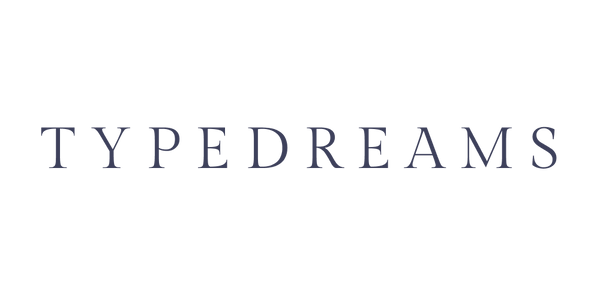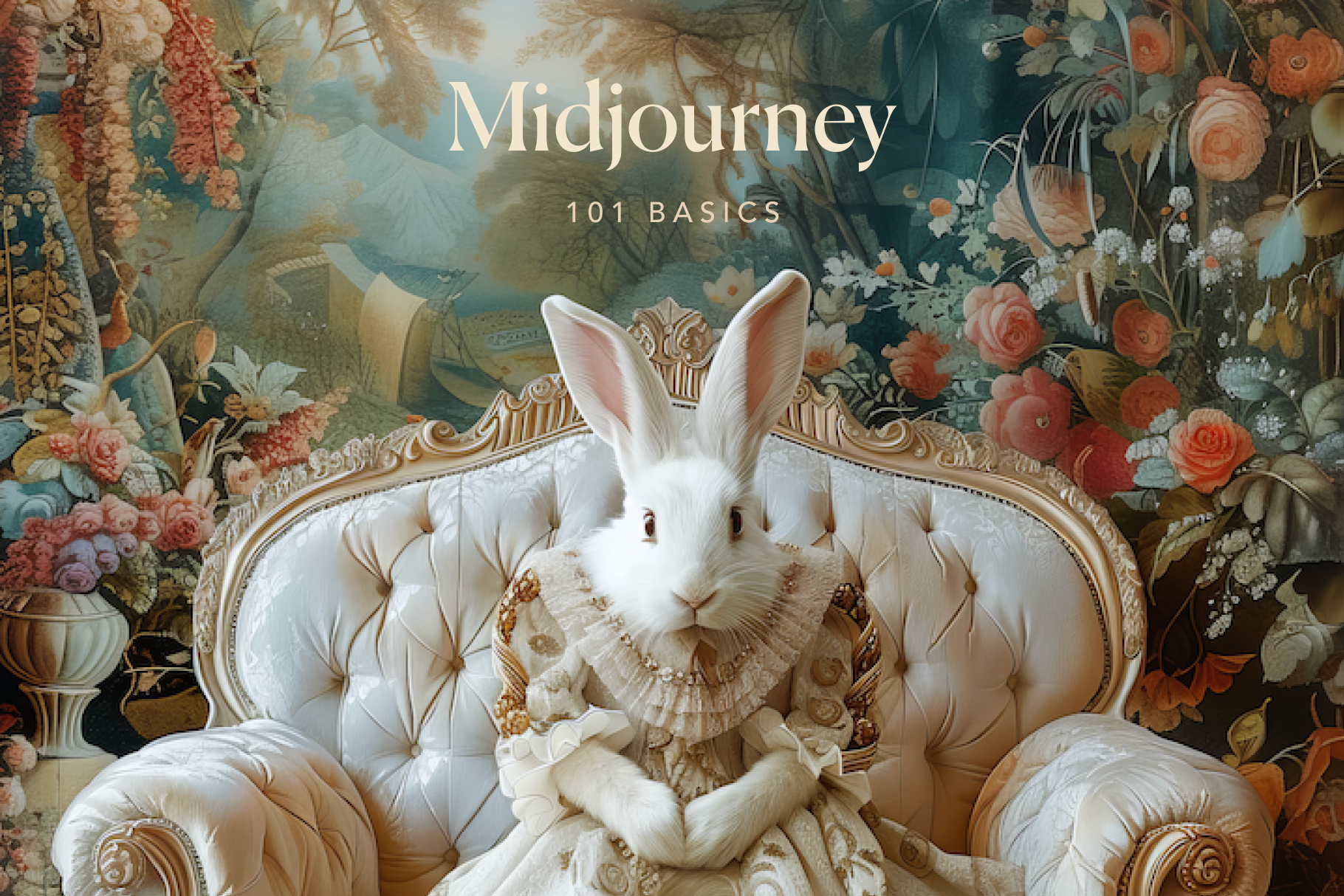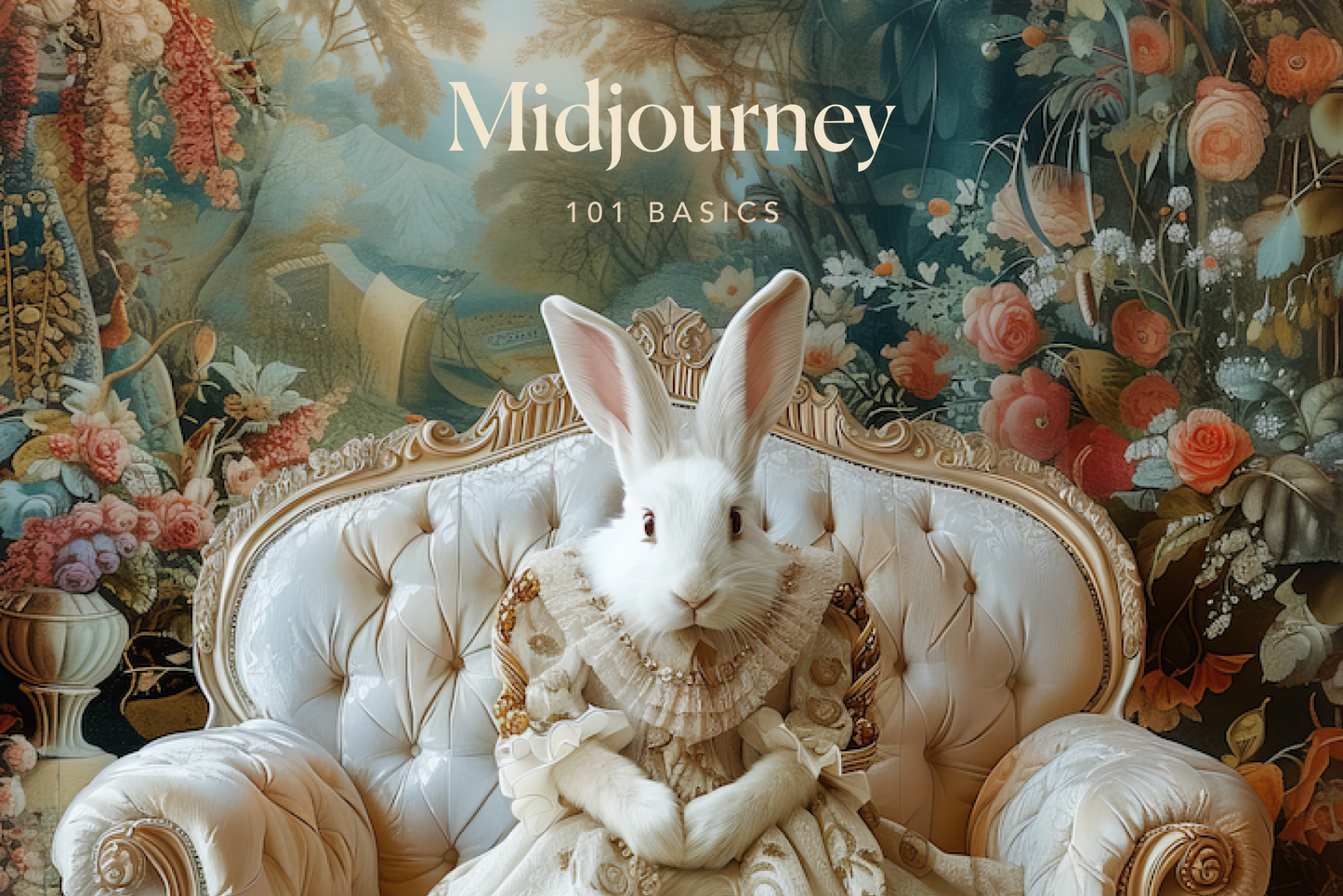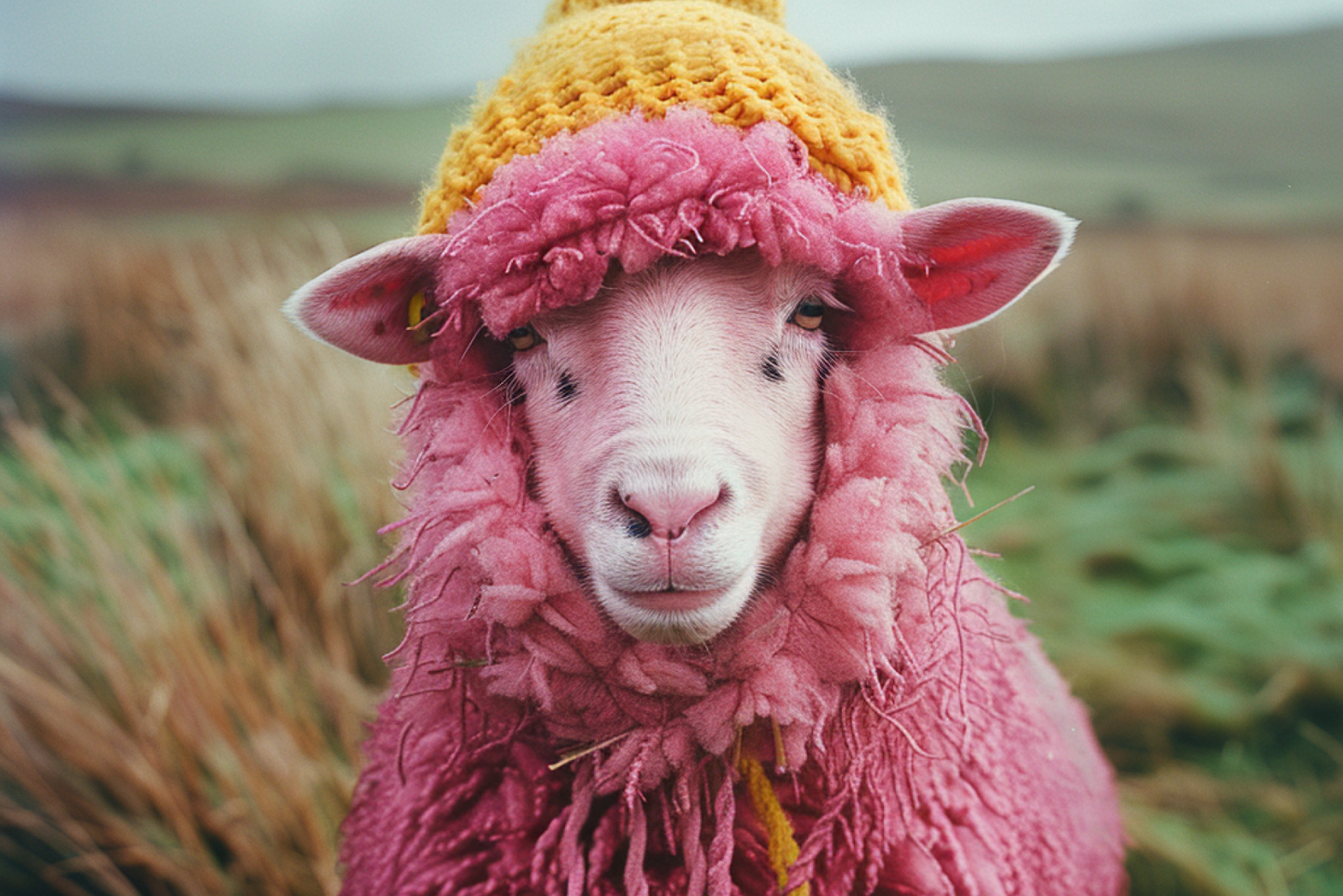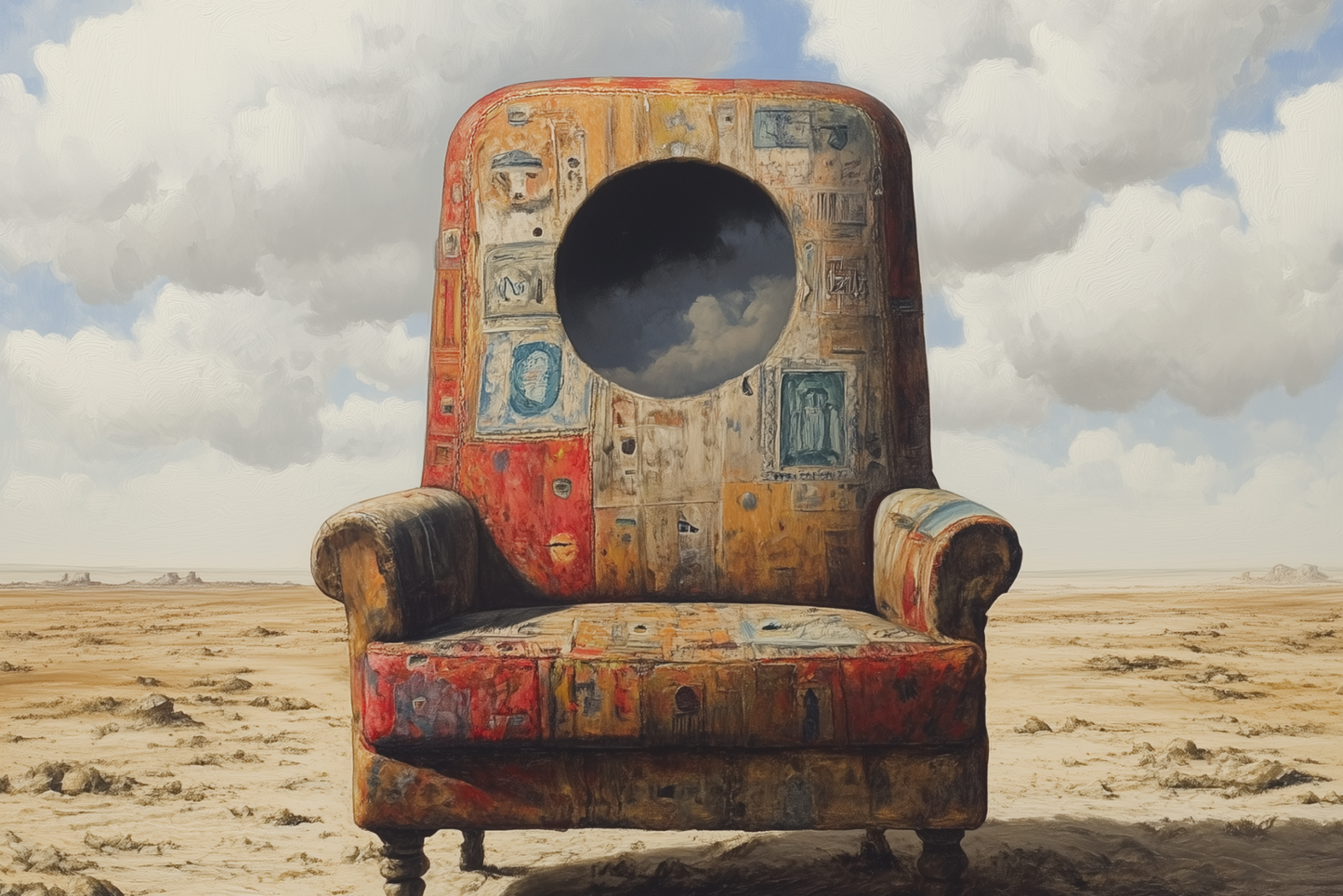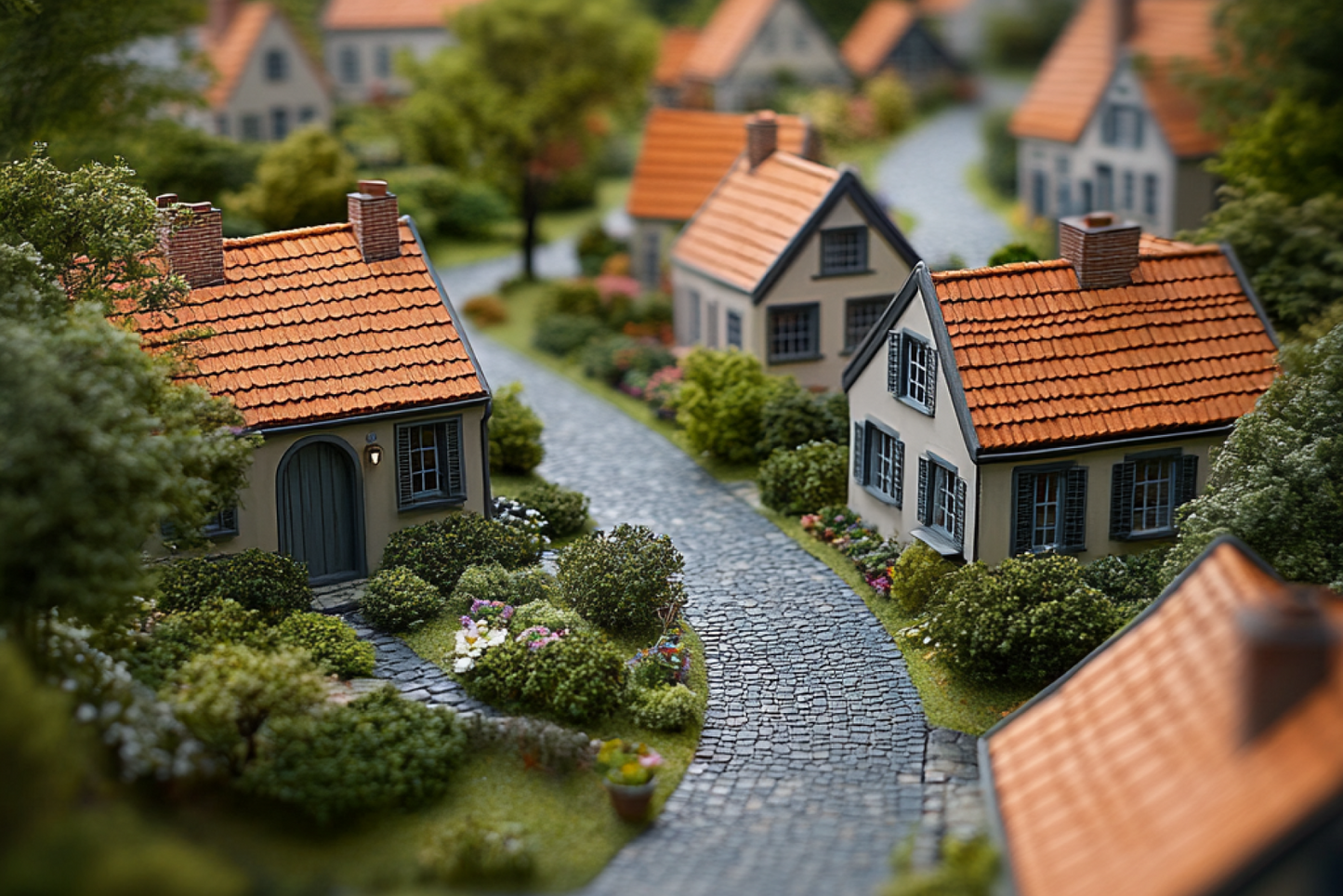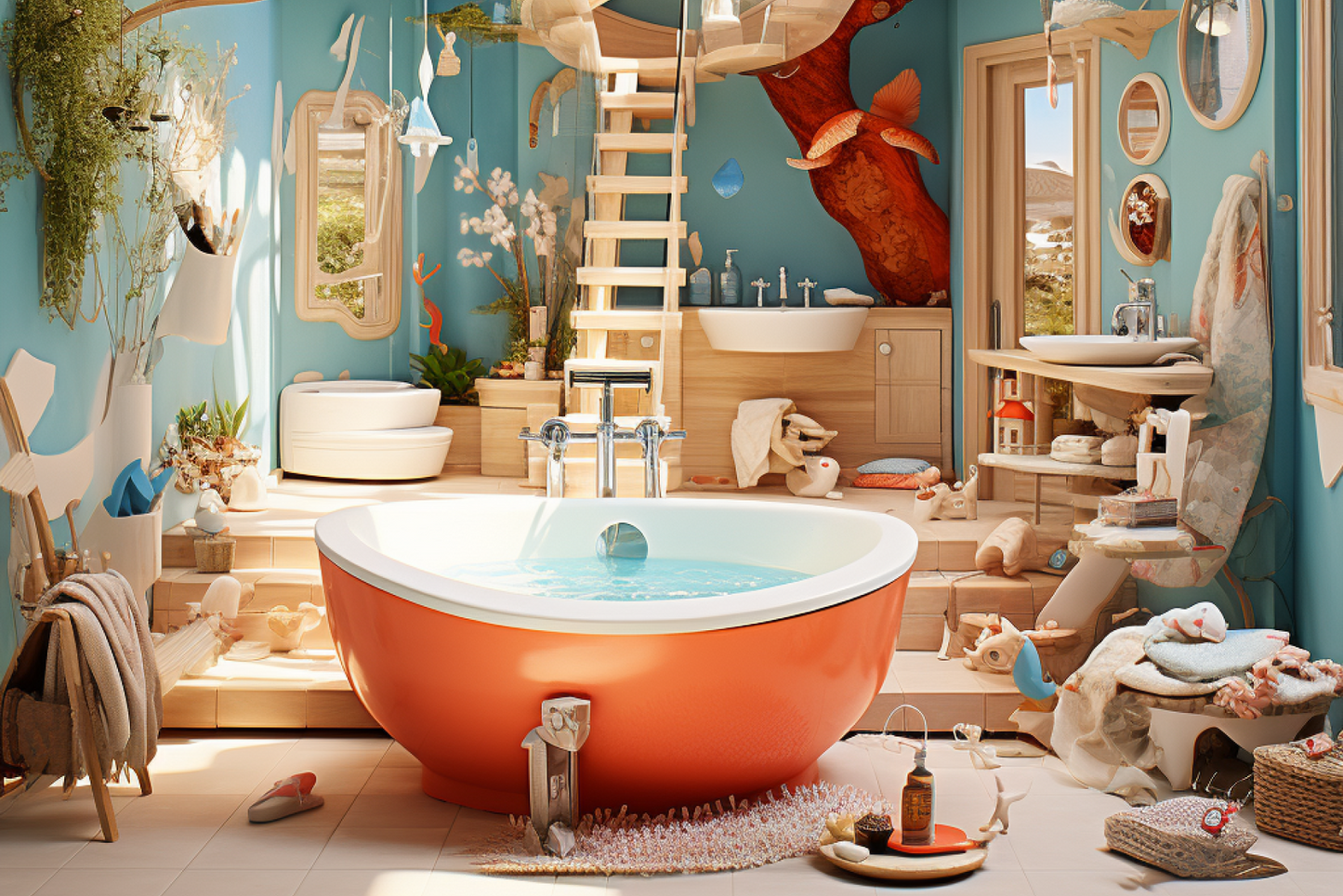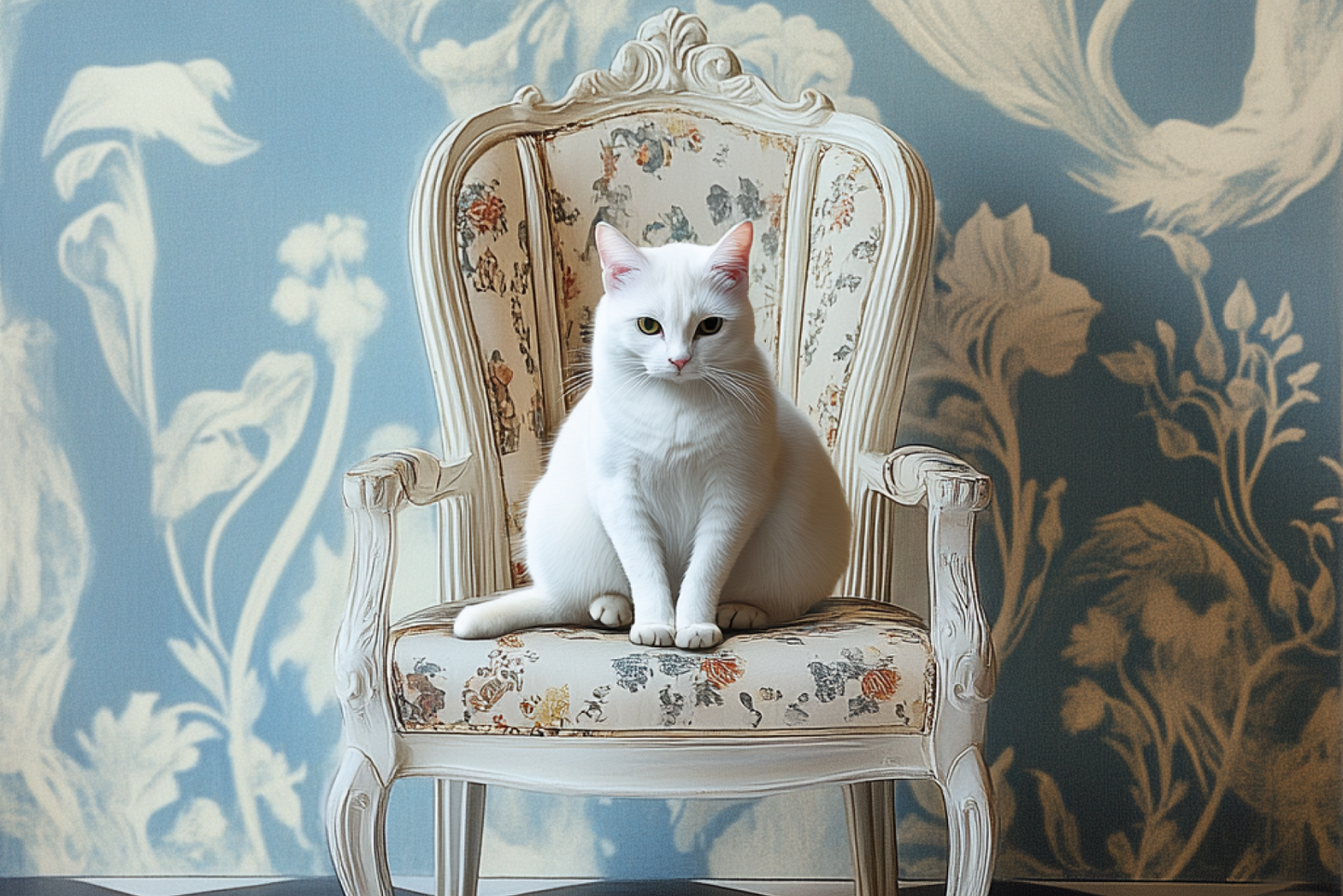
In a world overflowing with visuals, artist Stella Storket doesn’t follow the usual formula. Working almost exclusively in navy blue and white, Stella invites viewers into a space where the familiar becomes abstract, and the human face transforms into something quieter, more poetic, and introspective. Her art switches between minimalism and surrealism, evoking emotion through what it’s left unsaid.
In this interview, we explore her artistic journey, the intentional simplicity of her palette, her views on the intersection of technology and creativity, and what it truly means to capture the essence of a subject without showing every detail.
Your background
Can you introduce yourself and give us a tour of your work?
Hello, and thank you for your interest in my inner world.
Each of my artworks is a direct reflection of how I perceive life. I am a fashion designer by profession, but I’ve always imagined my final visuals to be more emotional, more layered than a traditional photograph could ever provide. That’s why I began creating these images — to fully express the visions I carry within.
On my Stella Stolkert page, you’ll see a collection of work that I believe better represents our emotional reality.

The world as I see it.
To some, it might feel melancholic.
But to me, it’s something else — I believe that even in the rain, one can start dancing without an umbrella. And that is beautiful.
It took time to find my unique style, my visual handwriting. But then I realised — emotion can live in color. It can be shaped. It can breathe.
And the photograph, or portrait, must always tell a story — don’t you agree?
That’s where I thrive.

Artistic Journey
How do you define your artistic style?
I didn’t begin by trying to create “art.”
I simply followed my need to see the world differently — softer, stranger, and more symbolic.
Eventually, my work moved beyond traditional portraiture and into something more psychological, more poetic.
The style I’ve developed now — one of restrained surrealism and intentional simplicity — emerged naturally as I searched for honesty, not beauty.

Which artists inspire your work?
I’ve always been drawn to artists who create silence within the image. Those who don’t scream but whisper in a way that lingers.
-
Tim Walker — for his theatrical surrealism. He creates fairytales that feel more real than reality.
-
Gregory Crewdson — for his cinematic stillness and storytelling. His work is like paused moments in forgotten films.
-
Jörg Gläscher — for his ability to make nature itself the main character.
-
Sophie Calle — for her raw intimacy and the way she turns private emotions into universal language.
- James Turrell — for transforming light and colour into emotion itself. His work isn’t seen — it’s felt.
Visual Language & Process
How does colour & psychology influence your work?
I work almost entirely in navy blue and white. These two colours have become a personal language.
White represents silence, purity, and the blank space where a story can begin.
Klein blue is the emotional contrast — deep, bold, heavy.
For me, it speaks of inner tension, of questions with no answers.
There’s always a psychological subtext in my work.
I’m not trying to show the face — I want to show the feeling beneath it.

That’s why my characters often have their eyes covered, or their faces partially hidden — because sometimes we see more with closed eyes.
Negative space plays a vital role in my compositions.
It is the quiet between thoughts, the breath between emotions.
I believe that silence—real silence-is — is the loudest sound in art.
I never plan every detail of a piece in advance.
The concept arrives suddenly, often as a single image or metaphor.
From there, I build intuitively, allowing the visual narrative to form around that core.

What are your views on AI & Creativity?
AI is a fascinating tool — it doesn’t replace creativity, but it amplifies imagination when used with vision and intent.
Some fear that AI removes the soul from art. I don’t share that fear.
If you come to the tool with honesty, it gives you space to explore what you couldn’t with your hands alone.
I use AI not to replicate reality, but to distort it, to deepen it, to add texture to a thought.
I do believe, however, that ethics matter, especially in portraiture. There should always be respect for the subject, even when the subject is abstract or surreal.
Vision & The Future
How do you see your work evolving?
In the next few years, I see my work growing quieter, more symbolic, more still.
I want to explore printmaking, large-scale installations, and emotional motion graphics — merging stillness with movement.
As traditional, digital, and AI-based media blend, I believe portraiture will become less about the face and more about the feeling behind the face.
To future artists navigating this hybrid world of machine and heart:
Keep the soul at the centre of your process.
Technology should be your brush, not your voice.

How can we find you?
You can find me on Instagram: @stella_stolkert
Thank you for entering my world.
I hope you stay a while.
